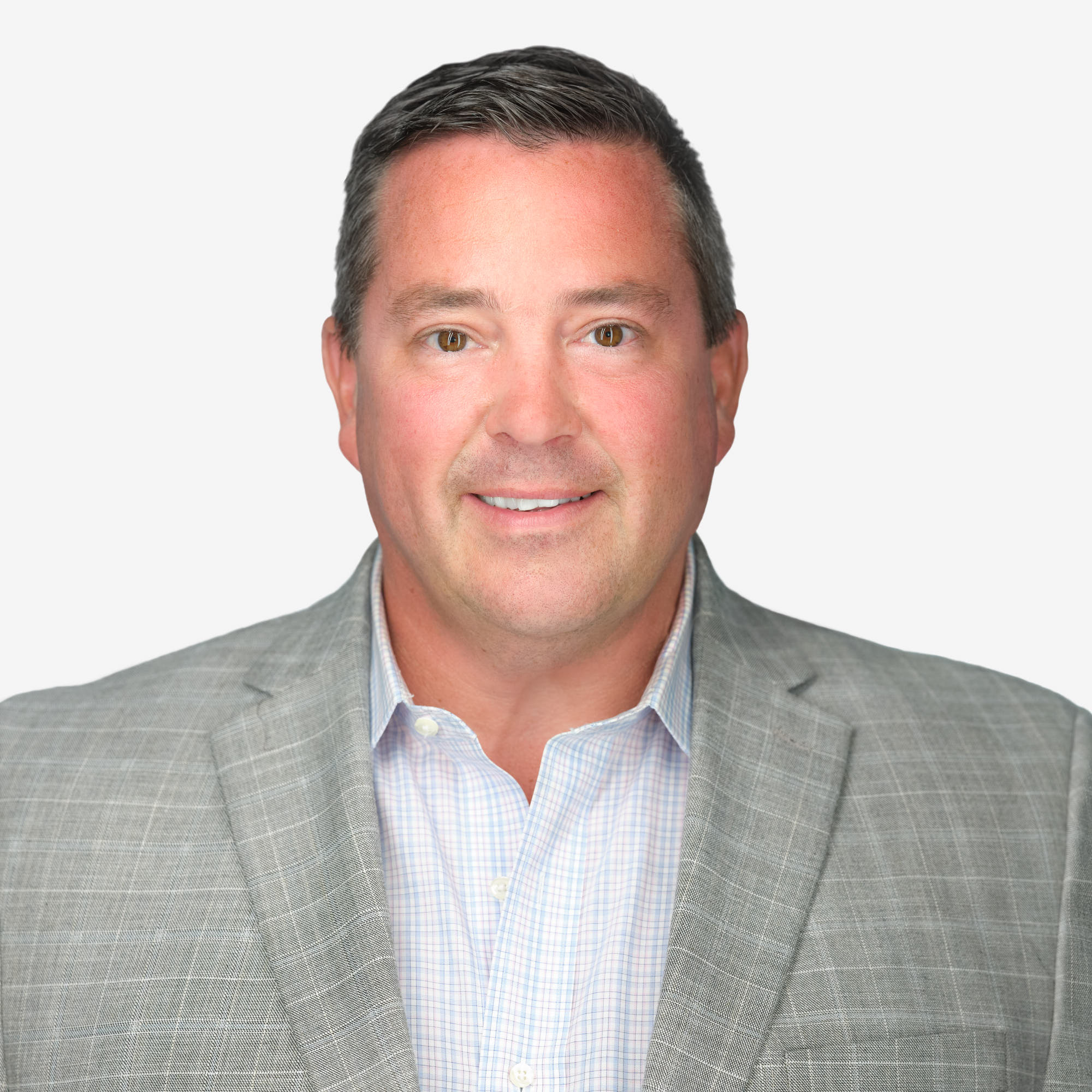Insights
Expert Q&A: Dr. Elouise Epstein, Partner, Kearney

We recently sat down with Dr. Elouise Epstein to chat about the future of procurement, newly available technologies disrupting the market, and the need to drive value creation.
Q: You’ve been outspoken on the topic of enterprise procurement technology deployment and adoption, and its inevitable shortcomings. Can you tell us how and why you believe today’s procurement technology has fallen flat or failed to deliver the intended value?
A: Wow, that is a big question – how long do we have!? In all seriousness, the systems in the marketplace are rigid, complicated, and only solve a fraction of procurement’s requirements. When it comes to the digital experience, we keep failing because we thought the solution was simply to implement a procure-to-pay (P2P) platform and the problem is solved. Well, that’s not the case.
Pair the legacy system shortcomings with the larger issue of procurement having to evolve from the tactical to the strategic and we have a perfect storm.
Procurement professionals should put the focus on value-creating tools and realize that the legacy systems are more about managing spend.
Q: Okay, with that said, you believe over the next decade most companies will have automated some portion of their operations and adopted intelligent technologies. How does a forward-thinking Procurement leader get started on a technological transformation? What are their options?
A: I encourage Chief Procurement Officers all the time to adopt more modern digital approaches within their organizations. As I recently wrote about, today’s advancements give users the best possible functionality and the ability to quickly (and ideally cheaply) add and subtract it as needed. The traditional functions we demonstrated in the rigid linear process are now distributed through a fluid ecosystem that allows for very precise—and even overlapping—employment of best-of-breed technologies.
For example, one might use a software-as-a-service (SaaS) offering for spend analytics, but another market offering for tail spend management. It’s important to note that traditional systems such as procure-to-pay P2P are still required and will not go away, but instead of being closed systems, they will open up into a broader, more flexible ecosystem.
In short, these technologies, when properly employed, will proactively ensure money is spent with the proper suppliers according to beneficial terms and tied to supplier performance.
Q: You recently developed the "Procurement Tech Innovation Map" in partnership with Procurement Foundry and Fairmarkit. Why did you embark on this effort and what benefit will it provide Procurement professionals in the coming years?
A: I wanted to create a one-stop shop where CPOs can learn what is available in the market. They must prepare for the future and embrace technology; not simply by replacing an old P2P system with a modestly better one, but by adopting an extensible future-proof architecture.
It will also mean changing procurement’s capabilities. Are your people analytically driven, trained in design thinking, and able to think creatively? If not, it’s time to retrain them, arming them with new skills. Additionally, is there a culture of experimentation and intellectual drive at your organization? How are you fostering an environment that values working faster, smarter, and independently, according to agreed-upon principles?
I can’t accept stagnation and it’s time we have honest discussions about all the new and innovative solutions available to Procurement. To be sure, all this innovation is a work in progress, but this map is a helpful resource for those who are forward-thinking and want to drive value for their organization.
Q: Speaking specifically about Procurement function, we find that there are a handful of multiyear, complex services where the efforts of Procurement are quickly eroded. Would you agree?
A: I don’t think it matters on expense type. It matters in terms of maturity. A healthy supplier/category strategy happens when you have experts dedicated to keeping on top of it daily. By combining internal expertise (managed and automated) and partnerships with outside category experts in areas lacking domain expertise, Procurement can be the value driver of the business. In other words, all of procurement’s efforts are eroding.
Q: It is safe to say that the average category manager is responsible for more today than they were 15 years ago given the leaning out of departments?
A: Absolutely, or they hire a Business Process Outsourcing (BPO) firm. What I will say is that the incompetent “Bob the Buyer” from 10 years ago is still shuffling papers and chasing data in Excel.
Q: How should “Bob the Buyer” view his role in today’s Procurement organization?
A: The job should not be considered done when a supplier is sourced and a contract put in place. That’s not how we designed our function, but it’s how we ended up running it. In order to bring true value creation, we need that end-to-end management where we not only source and implement but track and analyze in real time what may be happening outside the contract terms. Then review performance and course correct, as needed. Today’s technology offerings—as outlined in the Procurement Tech Innovation Map—help arm “Bob the Buyer” to ensure that he not only has a good contract, but a good deal as well. Unfortunately, that’s not the norm today and in fact it is merely a dream about the future for many. Make no mistake, the leaders are executing the future today, so there is no time to waste and as I often say, the Era of Excuses is over!
Dr. Elouise can be found on LinkedIn.


